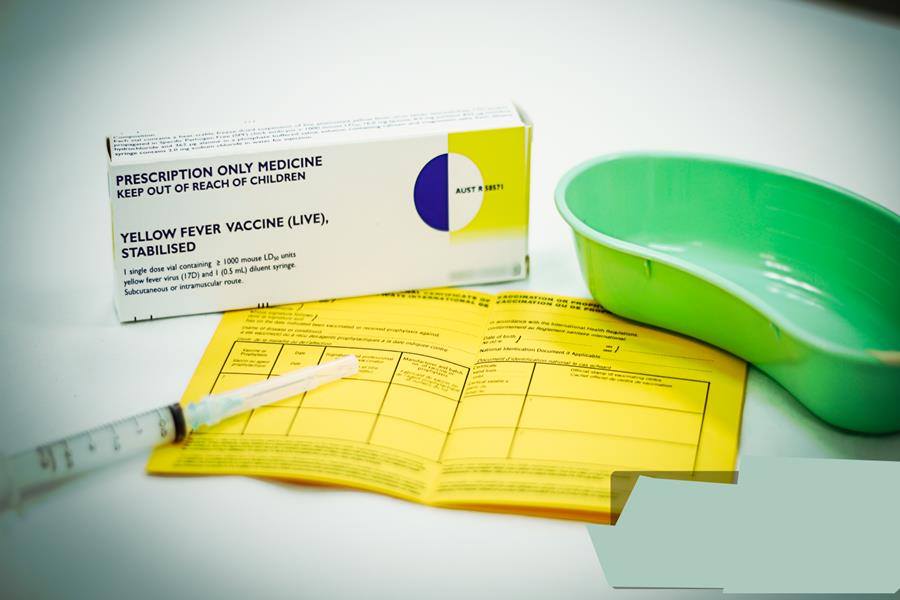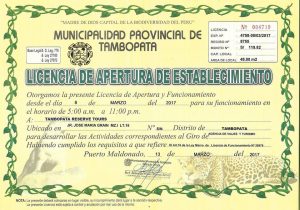Tambopata yellow fever and malaria information
Tambopata yellow fever and malaria information is important when traveling to the Peruvian Amazon
Up to date information on vaccine requirements and recommendations for yellow fever and malaria in Tambopata.
The main difference is that Malaria is parasitic and yellow fever is viral
Of all the awesome creatures you will observe on your trips down the Tambopata River, from the Jaguar, black alligator to the giant anaconda, there is absolutely no creature more terrifying than the tiny mosquito.
It is not that the mosquito produces an immediate pain when it bites, apart from a little itching and irritation, nevertheless, the mosquito is the most dangerous creature in the Amazon because of the condition it causes, malaria.
Malaria is, without doubt, the most dangerous disease in the world, if it is not treated or if it is adequately prevented, it is truly deadly.
But malaria is in fact, treatable and preventable.
When you go to your local travel doctor, taking anti-malarial drugs and protecting yourself against possible mosquito bites will substantially reduce the risk of malaria in Tambopata.
It is advisable to wear long-sleeved shirts and pants when hiking in the Peruvian jungle.
What is malaria and how is it transmitted?
Malaria is a life-threatening disease of the bloodstream that is caused by parasites.
It is mostly transmitted to humans by the Anopheles mosquito, after it has bitten you. The parasites multiply inside your liver, before infecting and destroying the essential red blood cells to live.
It is estimated that malaria is probably the biggest cause of death in the world, and currently influences around 100 countries and territories around the world.
There are many types of malaria strains that are often found in tropical regions around the world, Southeast Asia, Africa, and the southern United States.
How to recognize if you have malaria or not?
First, malaria could be classified into two categories of symptoms:
With no complications and serious
People with uncomplicated malaria may have symptoms such as chills, fever, headache, tiredness, nausea, diarrhea, vomiting and muscle aches, but they will not have clinical or laboratory signs of vital organ dysfunction.
However, it is important to get treatment for this type of malaria immediately, as it can lead to severe malaria if not treated properly.
Serious symptoms of malaria include.
Chills, altered consciousness, multiple seizures, deep breathing and respiratory distress, irregular bleeding and clinical jaundice, or perhaps a vital organ dysfunction.
Even in mild conditions, malaria could be life-threatening if left alone, especially for pregnant women or young children.
Is it possible to cure malaria?
Malaria is preventable and treatable.
There has been excellent progress in the treatment of malaria.
It is vital to consider how malaria begins. In fact, malaria existed in non-tropical parts of the NorthAmerican west and was eliminated from most of the Western world in the 1930s and America.
If you get the condition and use the treatment, it is usually very simple and most malaria can be cured in about two weeks. However, if not treated in time, malaria can return regardless of whether the symptoms seem to have disappeared.
It is necessary that people with severe malaria should be monitored in an intensive care unit for some of their treatments, that is, to prevent the disease that causes respiratory failure, coma and kidney failure.
Without proper treatment, malaria can be deadly
Anti Mosquito
How to protect yourself exactly from malaria and yellow fever
Mosquitoes can also be carriers of the deadly disease of yellow fever.
For yellow fever, you pay for a vaccine before leaving your country to make sure you are protected against the disease.
In the case of malaria, there are numerous actions that you could take yourself to avoid bites and disease.



